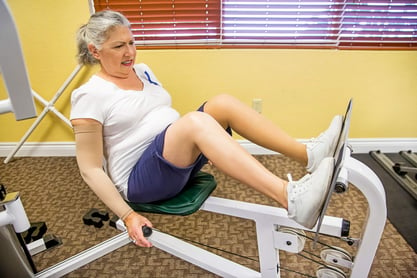 We’ve all heard that staying active as we get older is important, but let's really dig into the key players: what exactly can help prevent hospital visits due to common injuries like osteoporosis-related fractures?
We’ve all heard that staying active as we get older is important, but let's really dig into the key players: what exactly can help prevent hospital visits due to common injuries like osteoporosis-related fractures?
Here's a startling fact from the CDC... every year, more than 300,000 people aged 65 and above end up in the hospital because of hip fractures. Recovery from these fractures can take what feels like ages and often has a negative effect on your independence. Approximately 30-40% of patients resume their prior activity levels.
Now, before you shrug and think, "Okay, that's unfortunate, but it doesn't affect me," let's focus on osteoporosis and its risks. This condition weakens bones, making them fragile and prone to fractures without you even realizing it's happening. It's often referred to as a "silent disease" because it creeps up without symptoms until - boom - you've got a fracture, usually in your hips, spine, or wrists. So, if you're aging (aren't we all?), you're at risk.
But here is the good news: there are some simple exercises that can help prevent the worst of osteoporosis.
Take the leg press, for example. It's a pretty common strength training exercise where you push weight away with your legs against some resistance. The leg press helps to stimulate cells that build bones and boosts bone density.
It is important that you learn proper technique so be sure to reach out to your Fitness Center staff for help. Your Fitness Center staff will teach you proper techniques, frequency, and intensity of exercises, ensuring safety and effectiveness.
Weight-bearing exercises like the leg press don't just help your bones - they also increase muscle strength. Increasing muscular strength also reduces your risk of falling which reduces your risk of fractures. They're like your body's personal bodyguards for your bones, reducing the chances of falls or fractures.
The bottom line is this: weight-bearing exercises, like the leg press, are key when it comes to fighting off osteoporosis. Regularly getting into these workouts can help strengthen your bones, increase your strength, and keep you healthier.


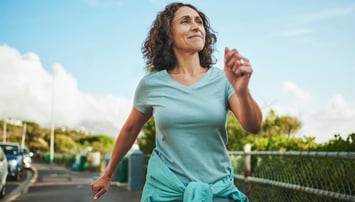 Walking is a simple act that can have some impressive health benefits. Most of us walk to get from one place to another but let’s use this daily activity to feel better and take care of ourselves. Walking requires no special equipment or training, making it incredibly accessible to people of all ages and fitness levels. Whether you live in a city or a quiet suburban neighborhood, you can easily incorporate walking into your routine. Tailor your walking workouts to suit your schedule and preferences. Whether it's a brisk walk during your lunch break or a leisurely stroll after dinner, the flexibility and convenience of walking make it a sustainable exercise option for long-term health and fitness. Here are three reasons why walking should be prioritized in your fitness regimen.
Walking is a simple act that can have some impressive health benefits. Most of us walk to get from one place to another but let’s use this daily activity to feel better and take care of ourselves. Walking requires no special equipment or training, making it incredibly accessible to people of all ages and fitness levels. Whether you live in a city or a quiet suburban neighborhood, you can easily incorporate walking into your routine. Tailor your walking workouts to suit your schedule and preferences. Whether it's a brisk walk during your lunch break or a leisurely stroll after dinner, the flexibility and convenience of walking make it a sustainable exercise option for long-term health and fitness. Here are three reasons why walking should be prioritized in your fitness regimen.
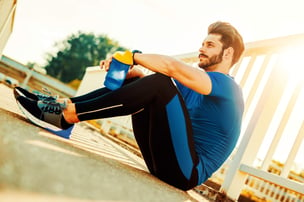 When it comes to athletic performance and recovery, one advancement in recent years has been compression clothing. From professional athletes to fitness enthusiasts, compression garments have become a staple in many wardrobes. But what exactly is the science behind compression clothing, and how does it impact our bodies during exercise and recovery? Let's dive in and explore the world of compression wear.
When it comes to athletic performance and recovery, one advancement in recent years has been compression clothing. From professional athletes to fitness enthusiasts, compression garments have become a staple in many wardrobes. But what exactly is the science behind compression clothing, and how does it impact our bodies during exercise and recovery? Let's dive in and explore the world of compression wear.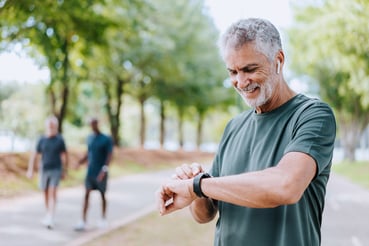 Improving your running time and efficiency can seem overwhelming. Whether you are a beginner or well-seasoned runner there is always room for performance improvement.
Improving your running time and efficiency can seem overwhelming. Whether you are a beginner or well-seasoned runner there is always room for performance improvement.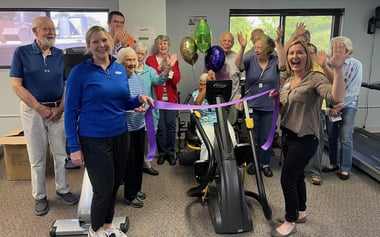 Westminster Village of Terre Haute
Westminster Village of Terre Haute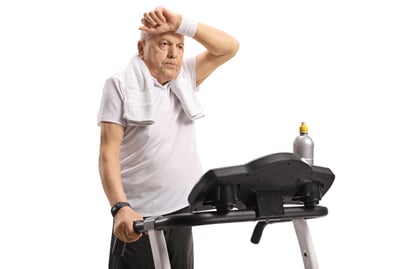 We've all been there – motivated to get fit, only to find ourselves struggling to maintain a consistent workout routine. It's a common hurdle, and the good news is that there are solutions to overcome these challenges. Let's explore four key reasons you might find it hard to stick with your workouts and how to conquer them.
We've all been there – motivated to get fit, only to find ourselves struggling to maintain a consistent workout routine. It's a common hurdle, and the good news is that there are solutions to overcome these challenges. Let's explore four key reasons you might find it hard to stick with your workouts and how to conquer them.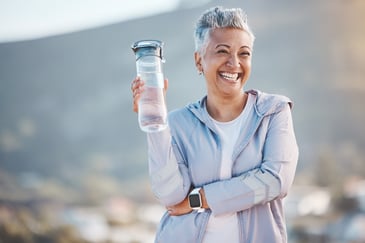 Beginning in the early stages of life, everyone is told to drink water, water, and more water. With everyone instructing individuals to consume more water, what are some methods to increase our water intake? Staying hydrated is vital for the human body to continue to perform activities that we wish to engage in. The human body is roughly fifty percent water, which may emphasize the instruction to consume more water even more than before. We are going to discuss three tips to increase the overall consumption of water so that everyone can reach their desired goals. I encourage you to implement one of the three tips and analyze whether your daily water intake increased. To determine that optimal amount of water your body may need daily, reach out to your primary physician for guidance.
Beginning in the early stages of life, everyone is told to drink water, water, and more water. With everyone instructing individuals to consume more water, what are some methods to increase our water intake? Staying hydrated is vital for the human body to continue to perform activities that we wish to engage in. The human body is roughly fifty percent water, which may emphasize the instruction to consume more water even more than before. We are going to discuss three tips to increase the overall consumption of water so that everyone can reach their desired goals. I encourage you to implement one of the three tips and analyze whether your daily water intake increased. To determine that optimal amount of water your body may need daily, reach out to your primary physician for guidance. Imagine a full exercise class, residents upbeat and ready to start, a packed schedule of personal training clients, or hallway conversations about how good the residents feel after exercising. I say imagine because during the cold months, these things aren’t always a reality.
Imagine a full exercise class, residents upbeat and ready to start, a packed schedule of personal training clients, or hallway conversations about how good the residents feel after exercising. I say imagine because during the cold months, these things aren’t always a reality..png?width=315&height=315&name=2024%20PUMP%20IT%20SOCIAL%20(6).png) The National Institute for Fitness and Sport (NIFS) has partnered with NuStep to host a free event on World Parkinson’s Day, Thursday, April 11, 2024, to raise awareness on the benefits of exercise for those fighting back against Parkinson’s. We have a big goal of achieving 10 million steps on the NuStep to honor the 10 million people living with Parkinson’s worldwide.
The National Institute for Fitness and Sport (NIFS) has partnered with NuStep to host a free event on World Parkinson’s Day, Thursday, April 11, 2024, to raise awareness on the benefits of exercise for those fighting back against Parkinson’s. We have a big goal of achieving 10 million steps on the NuStep to honor the 10 million people living with Parkinson’s worldwide.
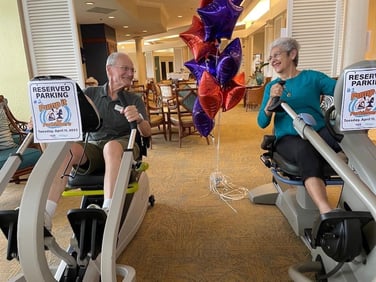 Last year, the only complaint we heard about Pump it for Parkinson’s was several communities heard about it too late and missed out on the fun!
Last year, the only complaint we heard about Pump it for Parkinson’s was several communities heard about it too late and missed out on the fun! 